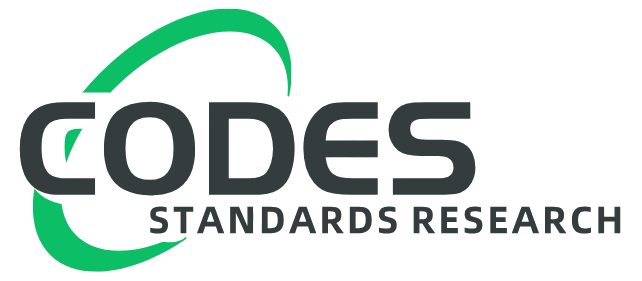Description
In anticipation of future water supply limitations, the Long Beach Water Department(LBWD) is currently performing extensive research into desalinating seawater as afuture potable water supply source. Corrosion potential is a central issue with regardsto distributing new water sources, particularly with a source that is as unique asdesalinated seawater. LBWD will ultimately perform a year-long pipe-loop study with 4-in diameter, 20-ft long pipe sections with different likely blends of desalinated waters.To better define the scope of testing, blends from 100-percent distribution system water(DSW) to 75-percent desalinated seawater (permeate) in 25 percent increments, wereevaluated through desktop calculations (corrosion indices), and bench-scale tests,including pipe-section (AWWA Standard C104) and marble testing. Various corrosionindices, including LSI, CCPP, RSI, WSI, and CSMR were calculated and compared tobetter guide the pipe-loop testing phase. Good correlations between the indices wereobtained from the test results, and it appears that modest adjustments (e.g. pH control)would allow blends up to 50 percent permeate to be used in the distribution system, buthigher permeate blends would require more treatment. It was observed that the use oflining in distribution system pipes (e.g. epoxy seal coating) may improve corrosionresistance. The initial lead and zinc release tests were conducted with brass couponsfor six weeks, showed that higher permeate blends resulted in higher zinc and leadrelease, and may require additional adjustment to mitigate the effects. Includes 7 references, tables, figures.
Product Details
- Edition:
- Vol. – No.
- Published:
- 11/01/2009
- Number of Pages:
- 17
- File Size:
- 1 file , 1.3 MB
- Note:
- This product is unavailable in Ukraine, Russia, Belarus





